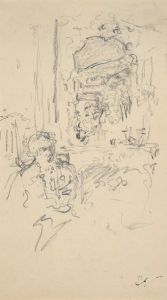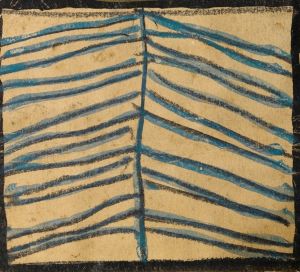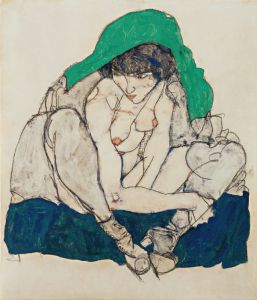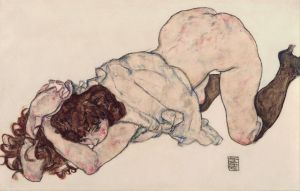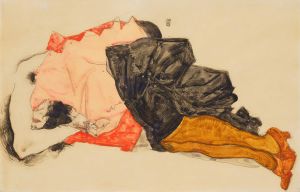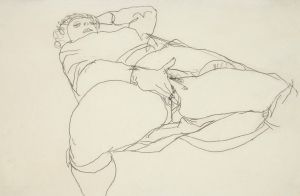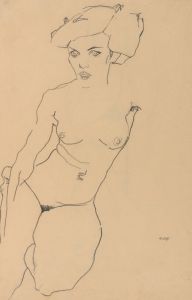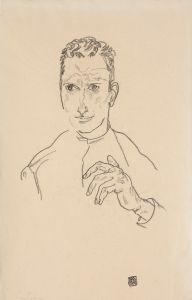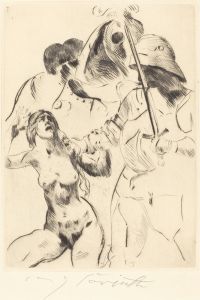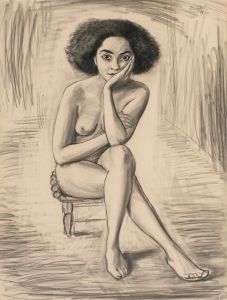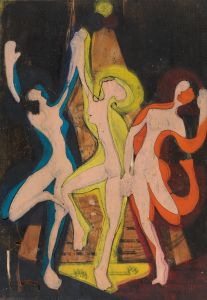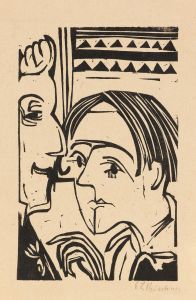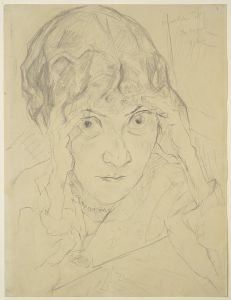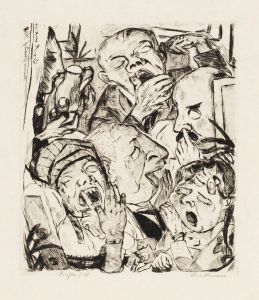
Portrait of Anton Peschka
A hand-painted replica of Egon Schiele’s masterpiece Portrait of Anton Peschka, meticulously crafted by professional artists to capture the true essence of the original. Each piece is created with museum-quality canvas and rare mineral pigments, carefully painted by experienced artists with delicate brushstrokes and rich, layered colors to perfectly recreate the texture of the original artwork. Unlike machine-printed reproductions, this hand-painted version brings the painting to life, infused with the artist’s emotions and skill in every stroke. Whether for personal collection or home decoration, it instantly elevates the artistic atmosphere of any space.
"Portrait of Anton Peschka" is a painting by the Austrian Expressionist artist Egon Schiele, completed in 1909. Egon Schiele, born in 1890, was a protégé of Gustav Klimt and became one of the leading figures of Austrian Expressionism. His work is known for its intensity, raw emotion, and often controversial subject matter.
Anton Peschka, the subject of this portrait, was not only a fellow artist but also Schiele's brother-in-law. Peschka was married to Schiele's sister, Gertrude, which made their relationship both personal and professional. This connection likely provided Schiele with a deeper insight into Peschka's character, which he sought to capture in his portrait.
The painting is executed in oil on canvas, a medium Schiele frequently used during this period. It reflects Schiele's distinctive style, characterized by bold lines, stark contrasts, and a focus on the psychological depth of his subjects. In this portrait, Schiele employs a muted color palette, which was typical of his early work, before he began experimenting with more vibrant colors in later years.
Schiele's portrayal of Peschka is both intimate and revealing. The composition is relatively simple, focusing closely on Peschka's face and upper body. Schiele's use of line is particularly notable; his confident, almost aggressive strokes convey a sense of immediacy and intensity. The expression on Peschka's face is contemplative, perhaps introspective, suggesting a moment of deep thought or reflection.
The background of the painting is minimalistic, which serves to emphasize the subject. This approach is consistent with Schiele's tendency to strip away unnecessary details, allowing the viewer to focus entirely on the emotional and psychological aspects of the portrait. The lack of background detail also creates a sense of isolation, a common theme in Schiele's work, which often explores the complexities of human emotion and experience.
"Portrait of Anton Peschka" is an example of Schiele's early exploration of portraiture, a genre he would continue to develop throughout his career. His portraits are renowned for their ability to capture the essence of the sitter, often revealing more than just their physical appearance. Schiele's work in portraiture is considered groundbreaking for its time, as he moved away from traditional representations to explore more expressive and psychological dimensions.
This painting is part of Schiele's broader oeuvre, which includes numerous self-portraits and portraits of friends, family, and patrons. His work was initially met with resistance and controversy due to its often provocative nature, but he eventually gained recognition as a leading figure in the Expressionist movement. Today, Schiele's paintings are celebrated for their emotional depth and innovative approach to capturing the human condition.
"Portrait of Anton Peschka" remains an important piece within Schiele's body of work, offering insight into his early development as an artist and his ability to convey complex human emotions through portraiture. The painting is housed in a private collection, contributing to the ongoing appreciation and study of Schiele's contribution to modern art.





